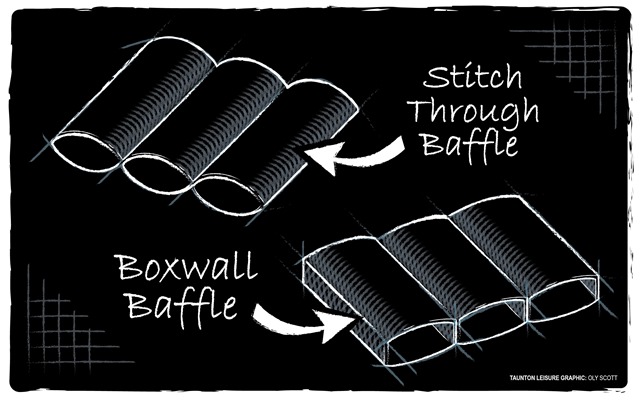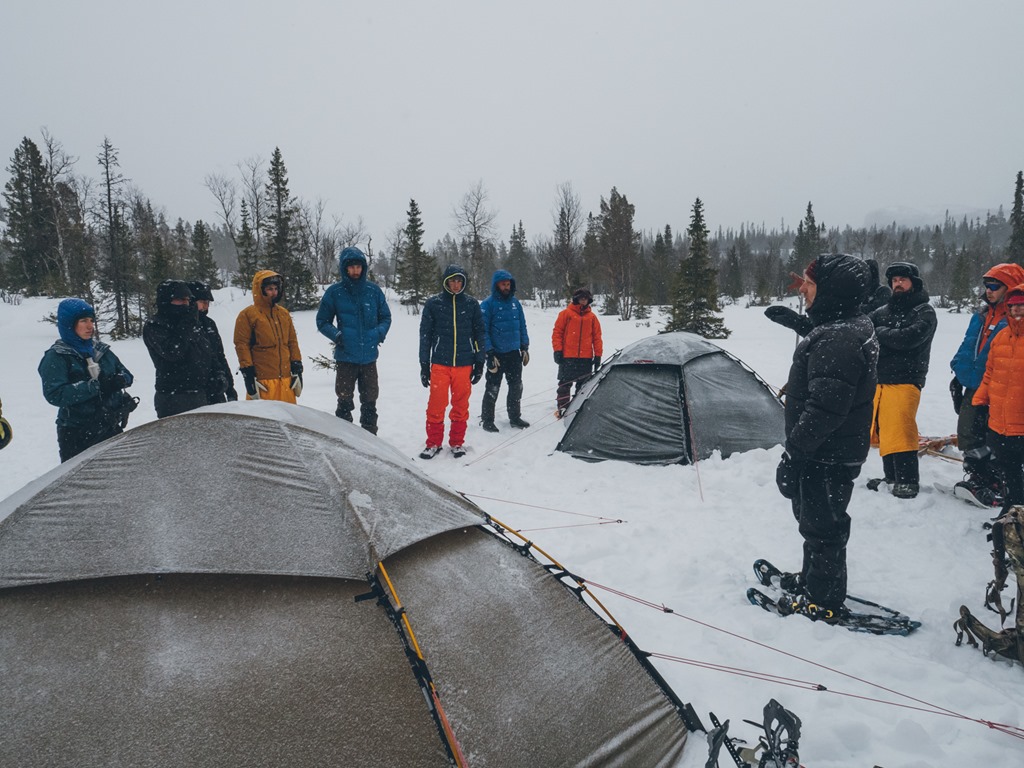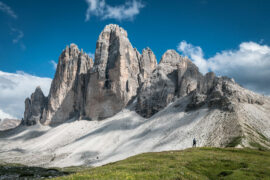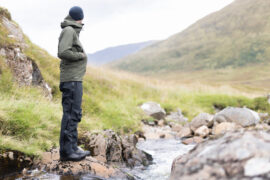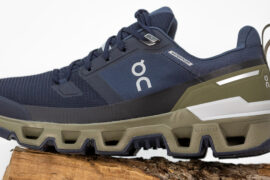TAKE A LOOK AT THE MAIN DIFFERENCES REGARDING INSULATIVE JACKETS AND WORK OUT WHICH ONE IS RIGHT FOR YOU.
When the cold calls; we answer. Imagine, the first flakes of snow are beginning to fall across the hills turning them from green to white, the mornings are becoming colder and the air, is crisper by the day. Off our shores, the snow has been falling for weeks and thick layers of powder are ready to be glided over, trudged through, or even built into structures that will shelter us from the elements.
Good insulation in these harsh but wondrous times is essential to keeping warm in the outdoors. A good insulated jacket makes a perfect mid-layer, fitting perfectly under outer shells, and in cold, dry climates as an outer layer keeping in all the warmth you built up on your trek, ski or climb. It works simply by trapping the warmth that our bodies create to maintain our core temperature, there are different ways of achieving this. Choosing the right jacket for your adventure into the outdoors will ensure you stay warm, comfortable, and safe in any conditions you could be facing.
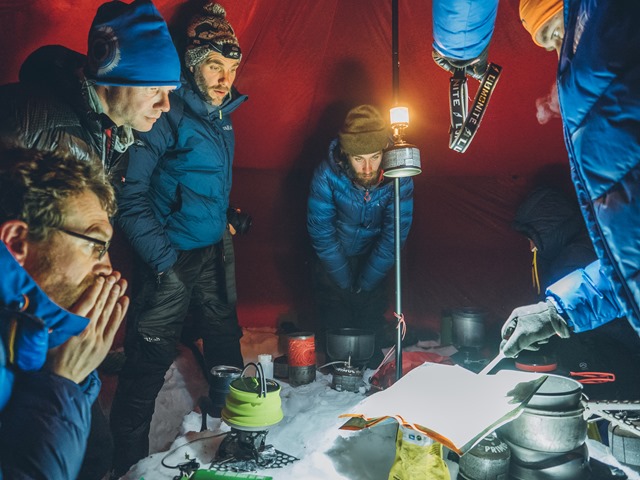
TYPES OF INSULATION
DOWN
Down is a natural feather obtained from geese and ducks, they are the feathers they use to keep warm and are found next to the skin. Generally speaking, geese have larger feathers which can trap more warm air for their weight, we call this the warmth to weight ratio. It means then that since you don’t have to have as many goose feathers in the jacket to be as warm as a duck, it’ll pack down smaller and be lighter. The warmth of a down jacket, or the ‘loft’, is measured in FILL POWER (FP). The higher the FP rating and the loft, the better your jacket can hold the warm air, and the warmer and more packable the jacket.
Down has a drawback, it loses essentially all of its ability to retain heat when wet, water makes the down feathers stick together and there is nowhere for the warmth to go. Down jackets only perform well in dry conditions or when protected with a waterproof shell over the top of it.
Some down jackets within our range come with a hydrophobic (water-resistant) Nik-wax treatment to the feathers meaning they can repel water for longer meaning you have more time before having to run for cover from the rain.
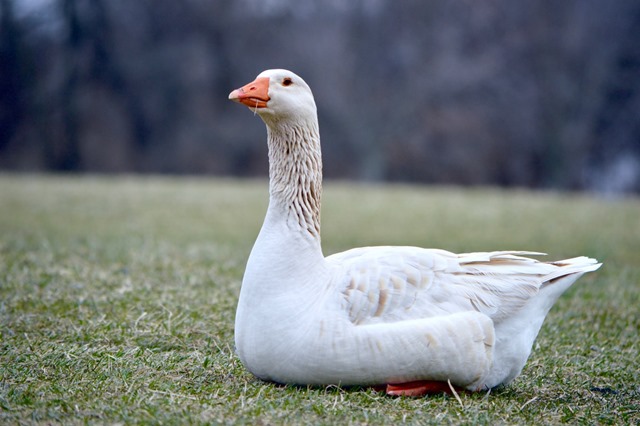
SYNTHETIC
Synthetic fill jackets use man-made polyester insulation which is used to imitate the air-trapping down filaments to create pockets of warm air. Polyester being plastic is, of course, water-resistant. Synthetic insulation when wet will still provide up to 90% of the insulation it has when dry. This makes it far more suited to wet environments and heavy aerobic activity which causes you to sweat heavily.
Due to their structure, synthetic jackets most often do not pack down as well as down. It is also considered a sweatier heat; liquid vapour doesn’t quite as easily pass through synthetic insulation. Down is certainly more breathable.
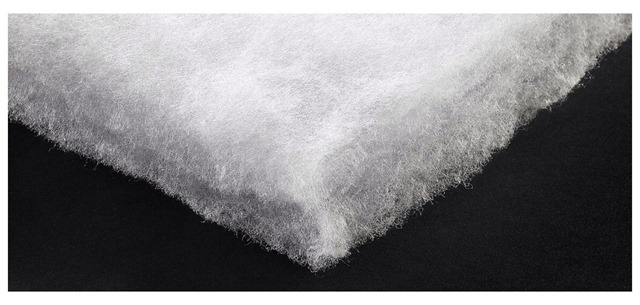
BAFFLES
Baffles are the compartments sewn or laminated together which form the main body of the jacket and contain the insulation. The two which are mainly used across our range are Stitch-through and Box wall.
STITCH-THROUGH
On a lightweight, packable insulated jacket, the superior baffle option is stitch-through. It is an efficient way of evenly distributing the insulation and holding it close to you. There is stitching holding each baffle closed and separating it from other baffles. Great for surface area, however, the stitching can cause a thinner place where heat can be lost and also allows a spot where water can more easily seep through.
BOX WALL
Box-wall baffles allow the insulation to expand to its full loft making warmer jackets as well as minimizing cold spots, many jackets of this type are laminated meaning water won’t seep through as easily and the special box wall construction means that the space between baffles is insulated.
